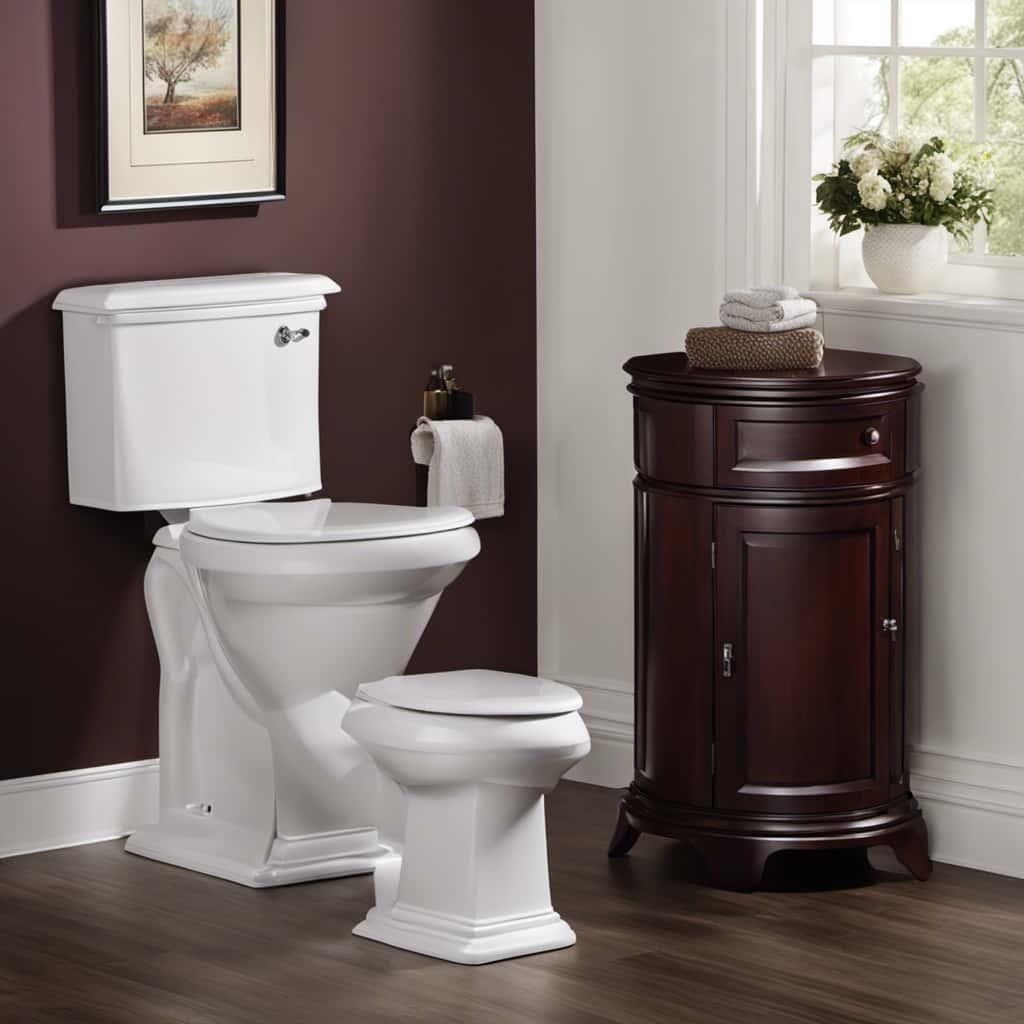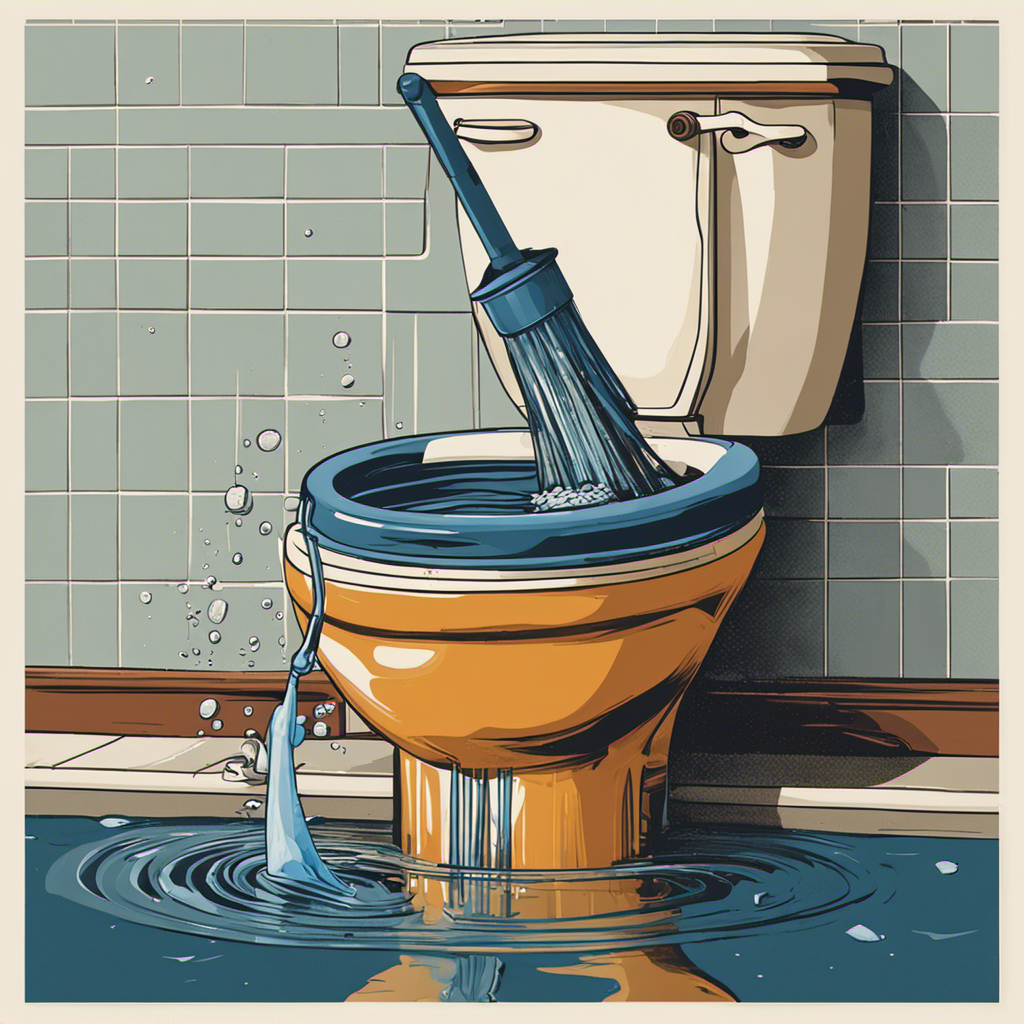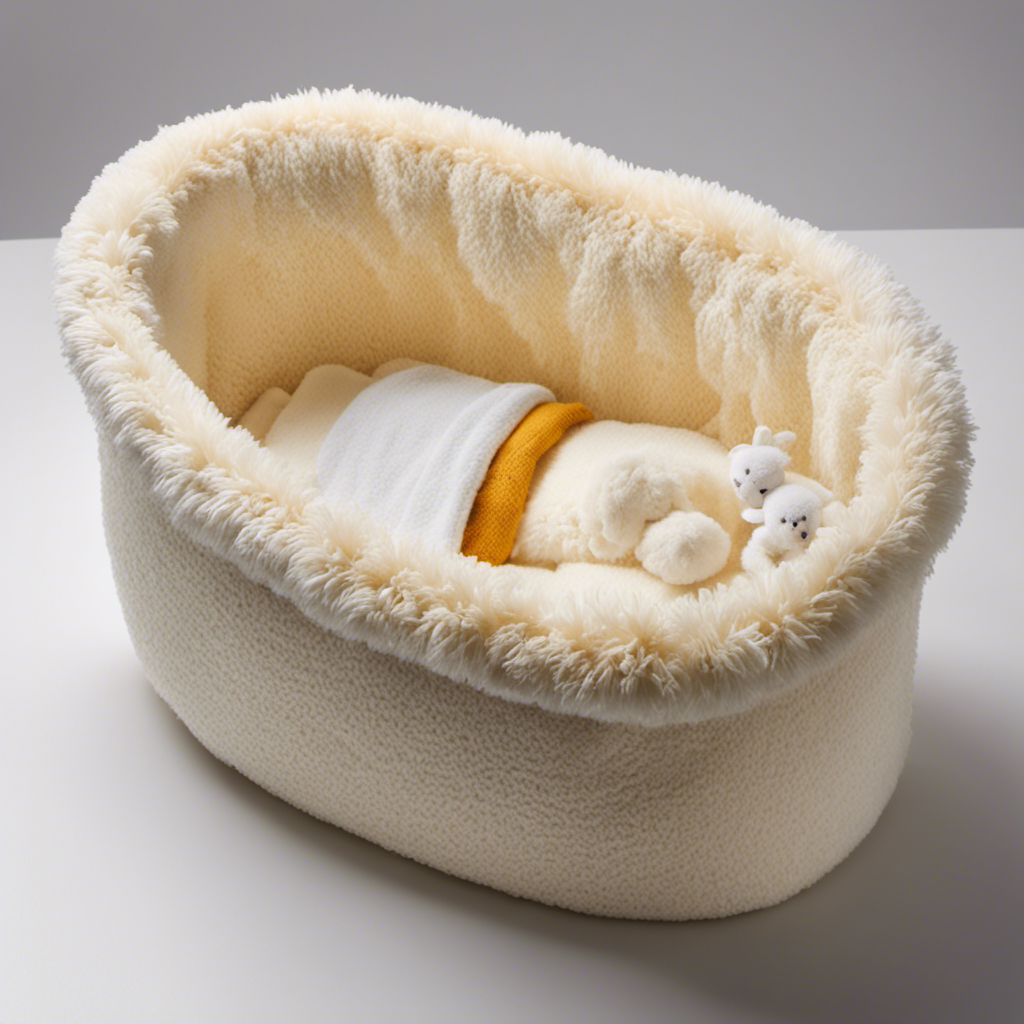Have you ever found yourself frustrated by a weak flush from your toilet? We’ve all been there. But fear not, for we are here to shed light on this perplexing issue.
In this article, we will explore the various reasons behind a lack of strong flush and provide you with practical solutions. From clogged drains to malfunctioning valves, we will delve into the technical aspects and offer expert advice to help you regain mastery over your flush.
Let’s dive in!
Key Takeaways
- Clogged or blocked toilet drains can be caused by the accumulation of toilet paper and foreign objects, and regular maintenance with a plunger or drain snake is recommended.
- A malfunctioning flapper valve can result in water leakage, reduced water volume, inadequate pressure, and obstructed flow. Debris or mineral buildup on the flapper valve and a worn-out flapper valve can contribute to the issue.
- Insufficient water level in the tank can be addressed by ensuring the water supply valve is fully open and implementing regular toilet tank maintenance. Water conservation tips can also help.
- A faulty flush valve assembly, including a cracked or leaking flush valve, worn or damaged flapper, misaligned or improperly installed flush valve, and mineral deposits or debris, can cause flushing problems. A malfunctioning fill valve can also impact the flush.
Clogged or Blocked Toilet Drain
One common reason for a weak flush in our toilets is a partially clogged or blocked drain. When toilet paper or other foreign objects are flushed down the toilet, they can accumulate and create a blockage in the drain. This blockage restricts the flow of water, resulting in a weak flush.

Toilet paper is designed to dissolve easily in water, but using excessive amounts or flushing large clumps at once can overwhelm the system. Additionally, foreign objects like sanitary products, wipes, or excessive amounts of hair can also contribute to drain blockages.
It’s important to be mindful of what’s flushed down the toilet and to avoid putting anything other than toilet paper in the bowl. Regular maintenance, such as using a plunger or drain snake, can help prevent and resolve drain blockages, ensuring a strong flush in our toilets.
Malfunctioning Flapper Valve
The malfunctioning flapper valve can contribute to a weak flush in our toilets. This valve is responsible for regulating the flow of water from the tank into the toilet bowl. When it malfunctions, it can result in insufficient water entering the bowl, leading to a weak flush.
Here are five reasons why a malfunctioning flapper valve can cause this issue:
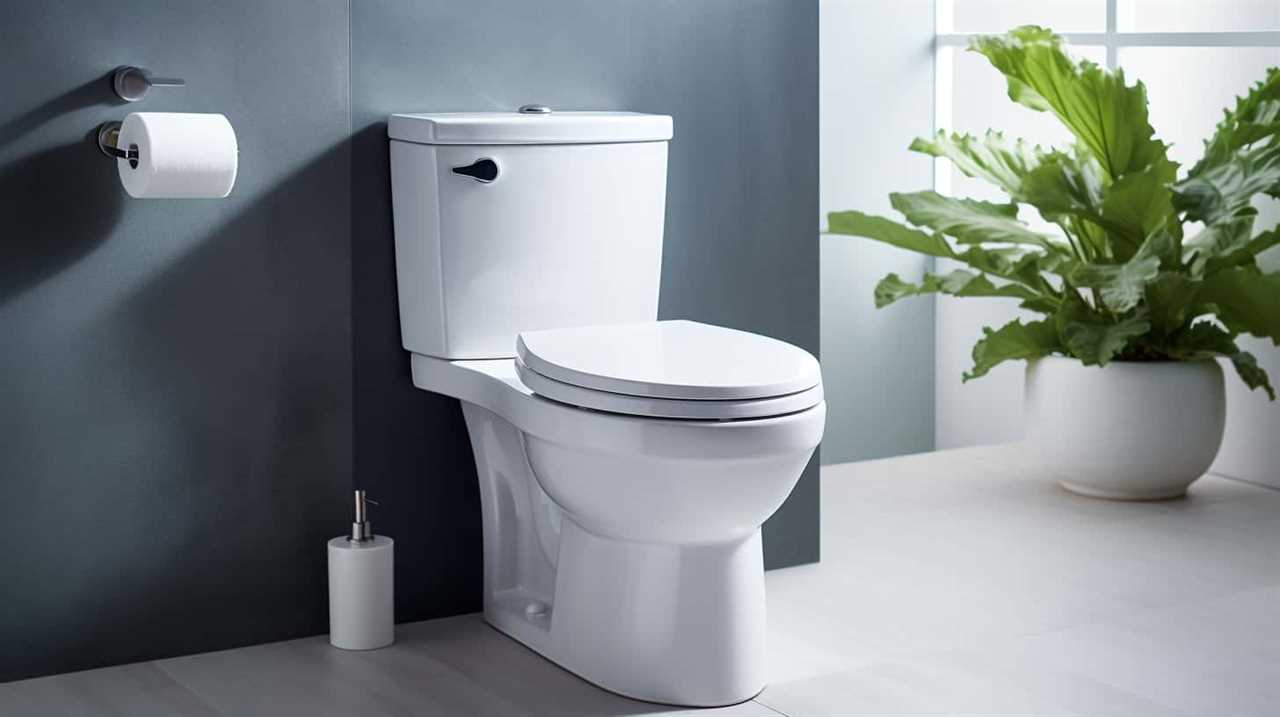
- Water leakage: A faulty flapper valve may not create a tight seal, causing water to leak from the tank into the bowl instead of being released in a forceful flush.
- Reduced water volume: If the flapper valve doesn’t open fully, it restricts the amount of water that can flow into the bowl, resulting in a weak flush.
- Inadequate pressure: A malfunctioning flapper valve can disrupt the water pressure needed for a powerful flush.
- Obstructed flow: Debris or mineral buildup on the flapper valve can impede the smooth flow of water, affecting the strength of the flush.
- Worn-out flapper valve: Over time, the flapper valve can deteriorate, leading to leaks and a weakened flush.
Insufficient Water Level in the Tank
To address the issue of insufficient water level in the tank, we need to ensure that the water supply valve is fully open. When the water supply valve isn’t fully open, it restricts the flow of water into the tank, resulting in a weak flush.
To rectify this, locate the water supply valve, usually located near the floor or wall behind the toilet. Rotate the valve counterclockwise to fully open it and allow water to flow freely into the tank. This will help maintain an adequate water level in the tank, ensuring a strong flush.
Additionally, regular toilet tank maintenance is crucial for optimal performance. Checking for any leaks, adjusting the water level, and cleaning the tank are essential steps to maintain a properly functioning toilet.
Moreover, implementing water conservation tips, such as using a dual-flush toilet or installing a water-saving device in the tank, can help you save water without compromising the flush power.
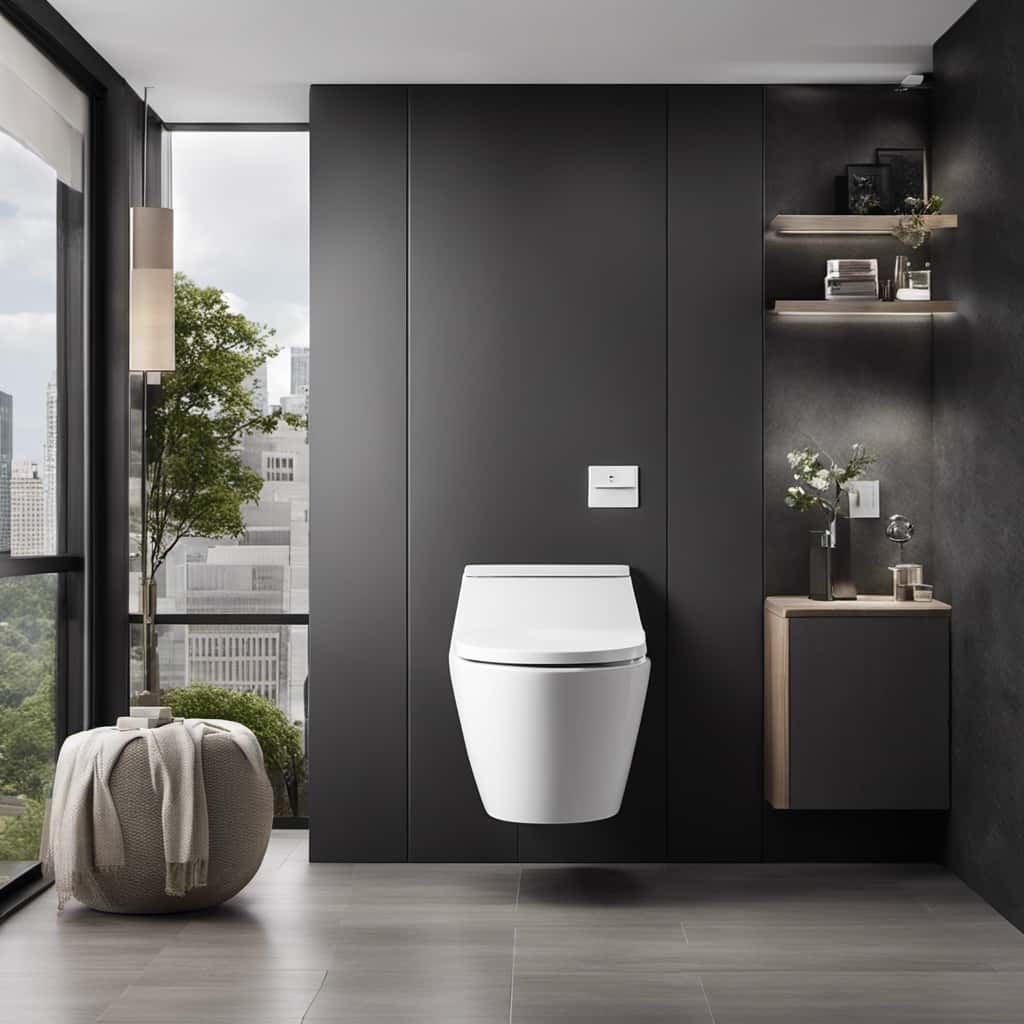
Faulty Flush Valve Assembly
Our toilet may not have a strong flush if the flush valve assembly is faulty. The flush valve assembly is responsible for regulating the flow of water from the toilet tank into the toilet bowl. When this assembly is faulty, it can result in a weak or incomplete flush.
Here are five common issues that can occur with a faulty flush valve assembly:
- Cracks or leaks in the flush valve can cause water to escape before it reaches the toilet bowl.
- A worn or damaged flapper can prevent a proper seal, leading to water leakage and a weak flush.
- A misaligned or improperly installed flush valve can disrupt the flow of water, resulting in a weak flush.
- Mineral deposits or debris can accumulate on the flush valve, obstructing the flow of water and reducing flushing power.
- A malfunctioning fill valve can affect the water level in the toilet tank, leading to a weak flush.
Understanding these potential issues with the flush valve assembly is crucial to troubleshooting and resolving weak flush problems.
In the next section, we’ll explore another common cause of weak flushes: inadequate water pressure.
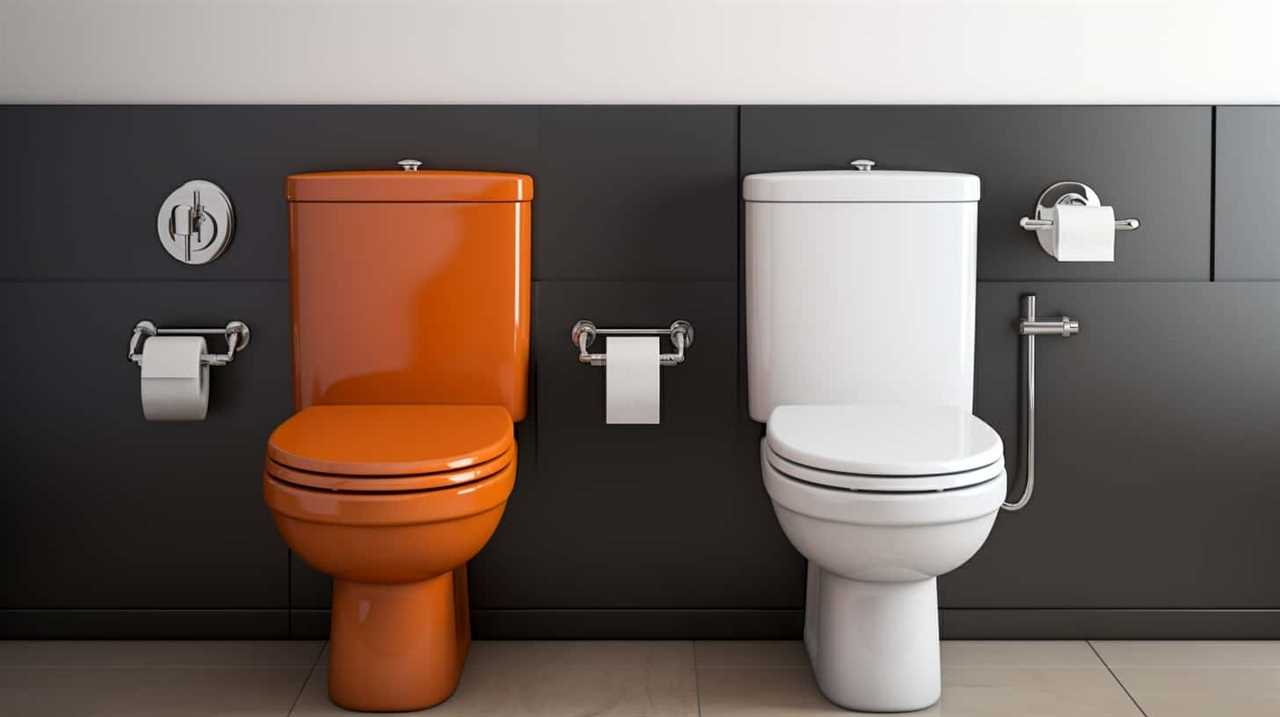
Inadequate Water Pressure
Toilet flushes may lack strength due to low water pressure. Inadequate water pressure can have a significant impact on the efficiency of toilet flushing.
When the water pressure is low, it affects the force at which water is delivered to the toilet tank, resulting in a weak flush.
Furthermore, low water pressure can also be an indication of water pressure issues in other household plumbing fixtures. If multiple fixtures, such as faucets or showers, are experiencing low water pressure, it’s likely a problem with the overall water supply system.
In such cases, it’s crucial to check the main water valve and ensure it’s fully open. Additionally, it may be necessary to consult a professional plumber to diagnose and resolve any underlying water pressure issues.
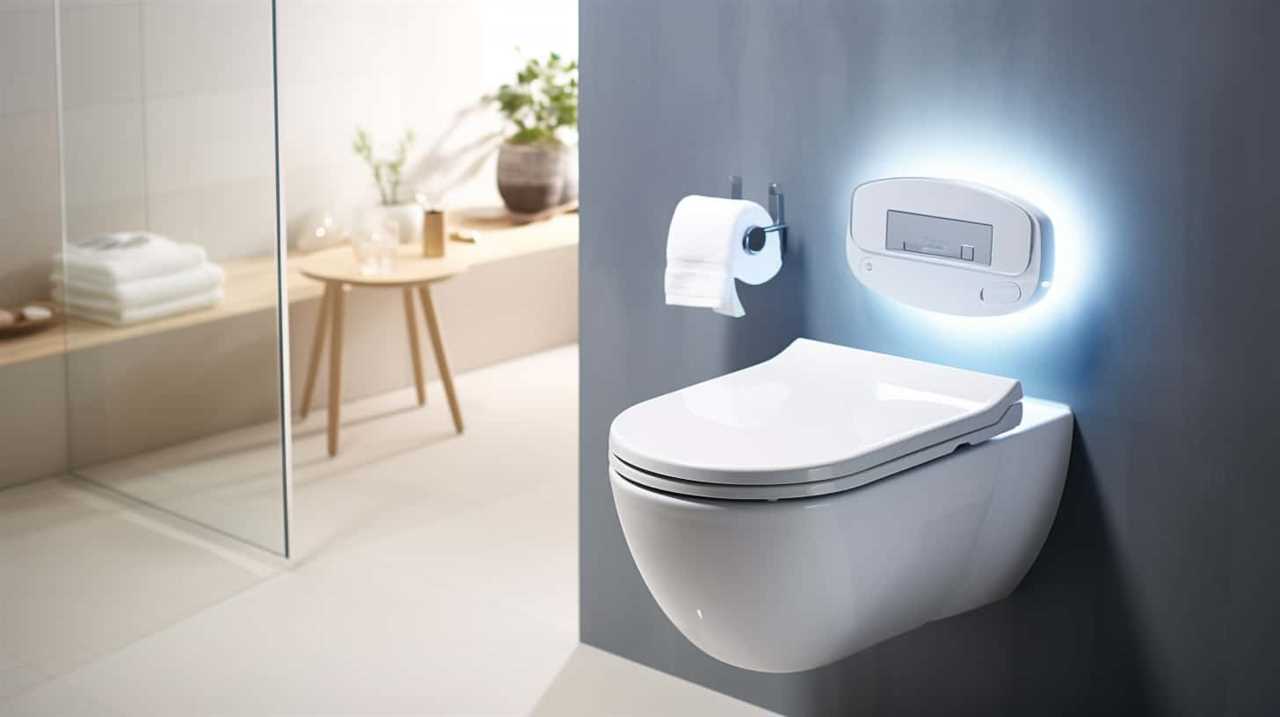
Frequently Asked Questions
How Can I Tell if My Toilet Drain Is Clogged or Blocked?
To determine if your toilet drain is clogged or blocked, there are a few indicators to look for. These include slow drainage, gurgling sounds, and water backing up. To unclog a toilet drain or fix a blocked toilet, try using a plunger or a drain snake.
What Are the Signs of a Malfunctioning Flapper Valve?
There are a few signs of a worn out flapper valve, such as a constantly running toilet or water leaks. To replace a malfunctioning flapper valve, turn off the water supply, remove the old valve, and install the new one.
How Can I Check and Adjust the Water Level in the Tank?
Toilet’s water level affects flush strength. Proper level ensures optimal performance. Check and adjust water level by turning the fill valve screw or adjusting the float arm. Consult toilet manual for specific instructions.
What Are the Common Symptoms of a Faulty Flush Valve Assembly?
When a toilet does not have a strong flush, it could be due to various issues with the flush valve assembly. Common symptoms include a weak or incomplete flush, water leakage from the tank to the bowl, and difficulty in flushing solid waste.
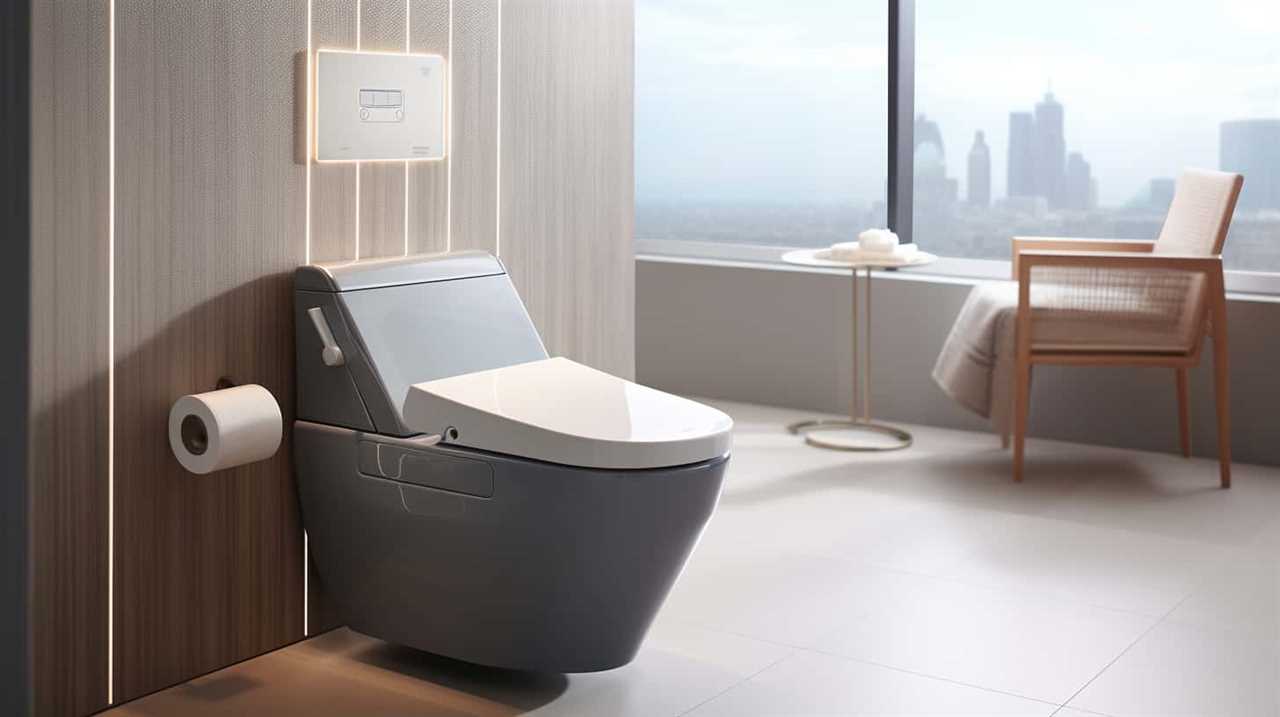
What Are the Possible Causes of Inadequate Water Pressure in a Toilet?
To increase water pressure in a toilet, possible solutions include checking the water supply valve, cleaning or replacing the fill valve, and ensuring the flush valve assembly is functioning properly.
Conclusion
In conclusion, when faced with a toilet that lacks a strong flush, it’s crucial to investigate potential causes. These can include a clogged or blocked drain, malfunctioning flapper valve, insufficient water level in the tank, faulty flush valve assembly, or inadequate water pressure.
By identifying and addressing these issues, we can ensure that our toilets function optimally. This will allow them to operate akin to a powerful and reliable engine propelling waste away with forceful efficiency.
